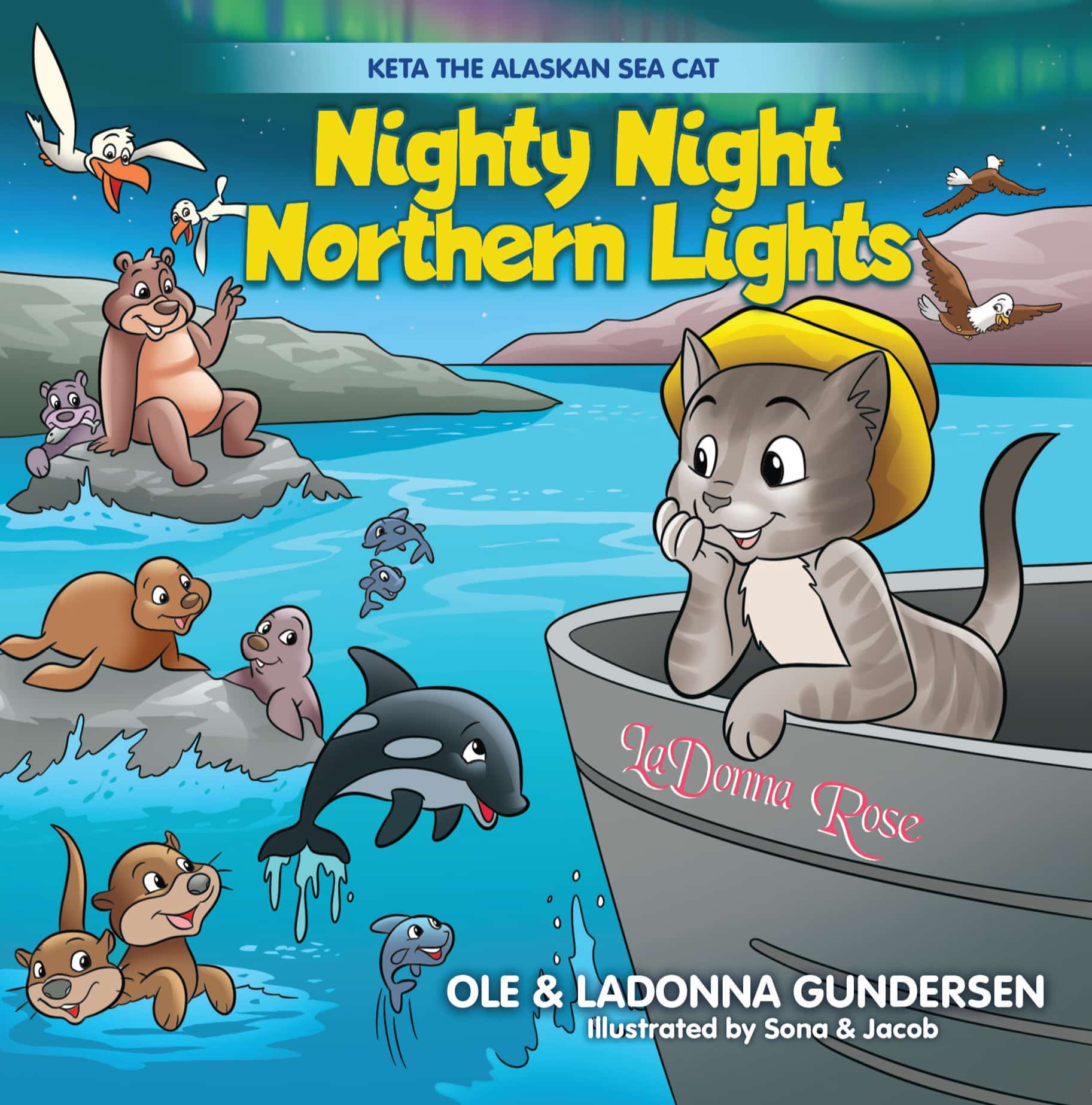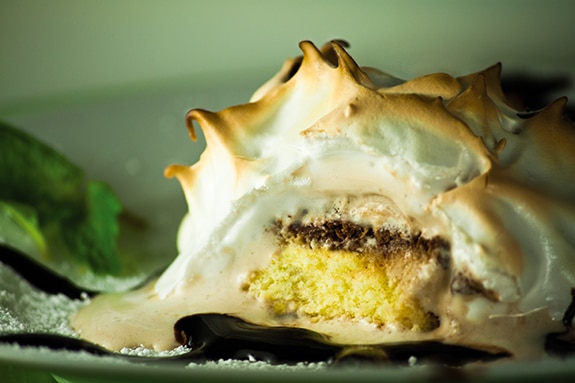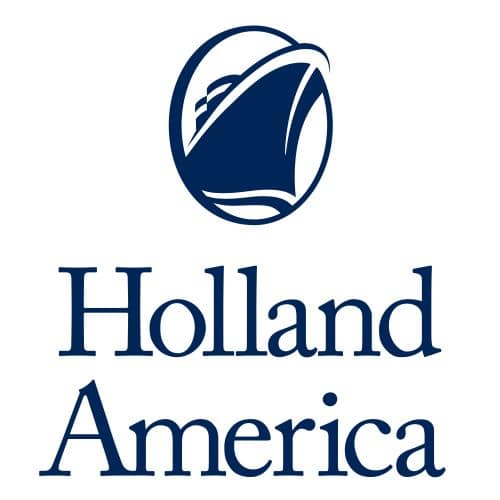Salmon Party Rolls are a wonderful party favorite! Continue Reading →
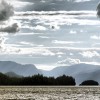
Salmon Party Roll
by LaDonna Rose on August 31, 2017 in Appetizers, Recipes, Salmon Desserts & Friends
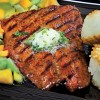
Grilled Salmon with Cherry-Chipotle Glaze
by LaDonna Rose on August 28, 2017 in Entrées, My Tiny Alaskan Oven, Recipes
Most of the time, “dressing up” foods with fancy preparations and sauces just masks flavors. But curing fresh salmon with sugar and salt, then grilling it in a sweet-spicy glaze really enhances an already great tasting fish in this Grilled Salmon with Cherry-Chipotle Glaze. The chipotle chile glaze has some kick, but the cherry preserves in it helps tone down the “fire.” And it doesn’t stop there! Cilantro-Lime Butter finishes the dish easily‒and with style. Continue Reading →
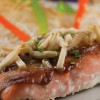
Apple Spiced Salmon
by LaDonna Rose on August 17, 2017 in Entrées, Recipes, Salmon Desserts & Friends
I love this Apple Spiced Salmon recipe because of its unique flavor and ease of preparation. Continue Reading →
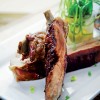
Coffee Spice-Rubbed Spareribs
by LaDonna Rose on October 27, 2016 in Appetizers, Entrées, My Tiny Alaskan Oven, Recipes
Sweet, savory and ohh so good. These Coffee Spice-Rubbed Spareribs are great to take to a summer picnic or to serve as a mid week dinner. Continue Reading →
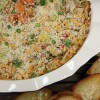
Baked Mediterranean Salmon Casserole
by LaDonna Rose on October 24, 2016 in Entrées, Recipes, Salmon Desserts & Friends
An enticing combination of salmon, egg noodles, garlic, portabella mushrooms and artichoke hearts. This Baked Mediterranean Salmon Casserole is the perfect weeknight recipe, that is a snap to prepare. Serve with crusty bread and a green salad. Continue Reading →
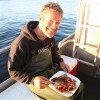
Flank Steak with Peppers and Onions
by LaDonna Rose on October 20, 2016 in Entrées, My Tiny Alaskan Oven, Recipes
There is something about the flavors of coffee and beef that go together so well. A little bit of brown sugar in the spice mixture adds the perfect amount of sweetness to this Flank Steak with Peppers and Onions. Continue Reading →
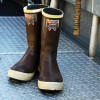
Curried Salmon Cakes
by LaDonna Rose on October 17, 2016 in Entrées, Recipes, Salmon Desserts & Friends
With simple store bought tartar sauce, these make-ahead Curried Salmon Cakes are the perfect light supper for those nights when you would rather not fuss. If you prefer to make your own tartar sauce, I’ve included a simple recipe. Continue Reading →
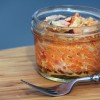
Wild About Salmon
by LaDonna Rose on February 9, 2016 in Breakfast, Recipes, Salmon Desserts & Friends
This recipe is dedicated to my Alaskan friends, who truly know what this picture represents. Continue Reading →
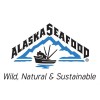
Alaska Seafood Sustainability
by LaDonna Rose on August 1, 2012 in Wild caught Alaska salmon
The sustainable movement is sweeping across the world, and more and more people are taking interest.
But what does all this talk about sustainability really mean?
And what does your choice for dinner have on the world around you?
To start, all you have to do is visit Alaska…The last frontier in sustainability.
If you’re like most people, you know Alaska for its snow-covered mountains, glaciers that date back millions of years, and the incredible green beauty in summertime. But the state is also the world model for sustainability – and maybe for government genius, too. That’s because Alaska is the only state with a mandate for sustainable seafood written right into its State Constitution.
All told, Alaska supplies more than half of the wild-caught seafood in the United States. And Alaska will always be home to the greatest salmon runs in the world, providing as much as 95 percent of North America’s wild salmon.
What is sustainable seafood? It’s seafood that’s managed and fished using practices that ensure there will always be more to catch in the future.
The secret to Alaska’s success lies in two basic principles:
* Responsible fisheries management and sustainable fishing practices take
care not to harm the fish, other marine plants and animals, nor the
environment.
* Fish populations are never overfished. Overfishing happens when too many
fish are taken from the sea and there are not enough fish to replenish the
natural population.
Alaska boasts in having one of the worlds few governments that is truly dedicated to sustainability. It’s a commitment that dates all the way back to Alaska becoming a state in 1959, when Alaskan wrote sustainability into their Constitution-calling for fisheries to be sustainably managed in this way, Alaska promises to provide wild-caught and sustainable seafood for generations to come.
What can you do to help. When it comes to selecting from a wide variety of healthy and delicious seafood options, Alaska has you covered. When you buy Alaska seafood, you are making a responsible and tasty choice that’s good for you-and supports sustainable seafood.
So next time you’re at your favorite restaurant or supermarket, be sure to ask your waiter or fishmonger where the seafood came from and how it was fished. Better yet, simply ask for Alaska, or look for the Alaska logo.

For more information on sustainable fishing practices and Alaska seafood, please visit www.alaskaseafood.org
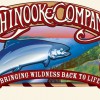
Shelf Life of Canned Salmon
by LaDonna Rose on July 18, 2012 in Tips and Tricks
How do I determine how old my can of salmon is?
Look at the code that is either embossed onto the lid or printed onto the bottom of the can. The third digit in the top row of numbers and letters is the year it was canned. For example, 343TP would have been canned in 2003, 365TS would have been canned in 2005, etc. Some companies are now printing an expiration date on all products to make this process easier.
What is the shelf life of canned salmon?
Canned salmon is a very shelf-stable item. Quality will remain good for at least 6 years, however the actual shelf life can be much longer, provided that the integrity of the can is not compromised. The flavor may diminish after that length of storage time. Once you have opened the can make sure the leftovers are properly covered, refrigerated and consumed shortly after. Once opened canned salmon can be stored in a refrigerator for about three days if it has been properly wrapped. It is also possible to freeze canned salmon in a zip-lock or other type of freezer bag for consumption within a few months (just remember to dethaw it). As with most perishable food products canned salmon should not be left for long time periods at room temperature.
What species of salmon are canned? Why is Red Sockeye salmon more expensive than Pink, Chum and Coho Salmon? What are the differences between them?
Pink and Chum Salmon are available in greater numbers than Red Sockeye or Coho salmon, making them lesser in cost. Red Sockeye salmon is known for its deeper red color, firmer texture, and higher oil content. Coho or Silver salmon may also be known as Medium Red salmon. It is a softer texture than Red salmon and has a light medium red color. Pink Salmon is more delicately flavored and lighter in color. Chum salmon, also known as Keta salmon, is also lighter in color but usually has a firmer texture than Pink. All species are considered healthy sources of nutrition, such as Omega-3 fatty acids, and may be used interchangeably in most recipes.
How can I tell if my canned salmon is wild salmon or farmed salmon?
Most of the canned salmon found in supermarkets across North America is sourced from wild salmon fisheries. However, there are a few companies that may use farmed salmon in their cans. One of the best indicators of whether your salmon is sourced from the wild or from a fish farm is by looking at the labeling on the can. Many companies will indicate directly on the can that their salmon is wild caught. In addition, it may be helpful to know a little bit about the company and whether it has any corporate principles that prohibit them from using salmon caught from salmon farms. If the can is not properly labeled or vague you may want to pass. Alaska does not allow salmon farms, so when you see the lid that says “Alaska Salmon USA”, you can rest assured that these fish were not farm raised.
Why does canned salmon sometimes have glass looking crystals in it?
Every so often some people may find and be curious what the glass-like crystals are in canned salmon. These are called struvite crystals and might be mistaken by a consumer for a shard of glass. A variety of canned seafood products sometimes contain these naturally made crystals. Struvite crystals are formed after the salmon has been put in the can and are made of magnesium ammonium phosphate. They have a hardness compared to table salt and can be crushed into a powder with your finger. They dissolve in water and in your stomach.
What are Omega-3 Fatty Acids?
Omega-3 fatty acids are long chain fatty acids (DHA and EPA) that are known for their health benefits. The American Heart Association recommends eating at least 2 servings of fish a week to protect your heart, particularly fish that are known to contain high levels of Omega-3 fatty acids, such as salmon.
Canned salmon is an excellent source of Omega-3 fatty acids.
Our good friend Linda at Chinook and Company in Ketchikan is a wonderful source for canned salmon.
www.chinookandcompany.com

About LaDonna
I’m LaDonna Rose Gundersen, Alaskan fisherwoman, cookbook author and lover of salmon. The recipes and tales I share are inspired by life aboard the LaDonna Rose – the fishing boat my husband Ole and I operate together out of Ketchikan, Alaska. Read more... Follow me Facebook
Follow me Facebook
 Follow me Instagram
Follow me Instagram
 Follow me Pinterest
Follow me Pinterest







